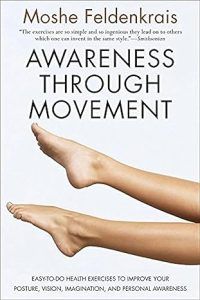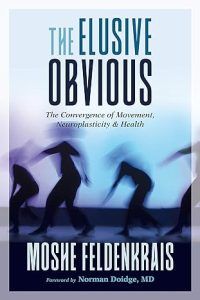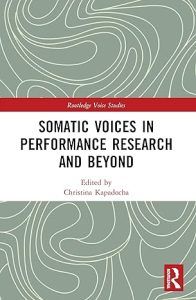How Does the Feldenkrais Method Work?
The Feldenkrais Method guides the individual or group through a series of experiential processes involving movements and sensation-based explorations (Hillier & Worley, 2015).
Clients explore different movement options while completing a task, ultimately choosing the one that feels the easiest or requires the least effort. As such, it involves a thoughtful process of sensing and comparing alternate ways to move, then selecting the option that feels more natural and less strenuous (Hillier & Worley, 2015).
The individual judges each movement as being positive (pleasurable or easy) versus less favorable (painful, strained, or uncomfortable).
Clients are encouraged to generate additional movement solutions associated with the guided tasks, increasing the opportunity for further distinctions and improvements and supporting perceptual exploration (Hillier & Worley, 2015).
“The process of intention, action, gaining feedback, making decisions, and reenacting with adaptations constitutes the learning framework in a somatic context” (Hillier & Worley, 2015, p. 1).
Neuroplasticity and the nervous system
Feldenkrais recognized the brain’s ability to learn, unlearn, and relearn — what neuroscience now refers to as “neuroplasticity” (Doidge, 2015; Paparo, 2022).
Significant changes can occur in the brain and the nervous system in response to learning, movement, and repetition (Kabat-Zinn, 2019).
The Feldenkrais Method potentially changes the brain’s structure through movement and guided attention, benefiting physical and mental habits and learning more efficient ways of approaching tasks.
Is the method effective?
Research into the effectiveness of the Feldenkrais Method across multiple populations and situations is limited. Studies often involve small sample sizes with specific challenges, limiting the conclusions that can be drawn and raising concerns or doubts over its widespread efficacy (Hillier & Worley, 2015).
However, the following findings suggest that the Feldenkrais Method is effective, at least in certain circumstances.
Managing chronic back pain
Research suggests the Feldenkrais Method is a practical approach for relieving chronic lower back pain and improving patient interoceptive awareness. Treatment appears to help the individual become more attuned to their sensations, feelings, and the subtle cues their body provides, helping them understand what exacerbates symptoms and alleviates pain (Paolucci et al., 2016).
Multiple sclerosis
A 2023 proof-of-concept study on a single patient with multiple sclerosis found that six weeks of home training using the Feldenkrais Method (prompted by auditory cues) improved balance and eased muscle rigidity, potentially by boosting spatial orientation, movement timing and patterns, and attention (Reziti, 2023).
Singers
Recent studies suggest that the Feldenkrais Method is helpful for singers, improving their performance in response to enhanced wellbeing, supporting healthy vocal function, and developing metacognitive skills. For many teachers and students, the method is an established part of training to develop an individual’s potential for singing (Paparo, 2022).
Mental wellness in performers
A 2022 study identified somatic education (including the Feldenkrais Method) as beneficial to the psychological wellbeing of female adolescent ballet dancers, most likely in response to higher enjoyment, reduced social comparison, and increased perceived embodied criticality (Wallman-Jones et al., 2022).
While not exhaustive, the studies referenced provide support for the potential of the Feldenkrais Method to benefit multiple groups and various conditions, offering “a strong focus on strengthening the participants’ own resources through increasing body awareness” (Wallman-Jones et al., 2022, p. 255).
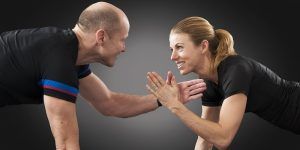

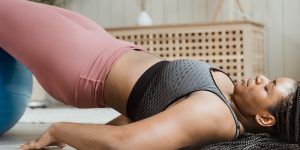 There are two central techniques associated with the Feldenkrais Method, both of which require guidance and support from trained professionals (Hillier & Worley, 2015; Feldenkrais Access, n.d.).
There are two central techniques associated with the Feldenkrais Method, both of which require guidance and support from trained professionals (Hillier & Worley, 2015; Feldenkrais Access, n.d.).